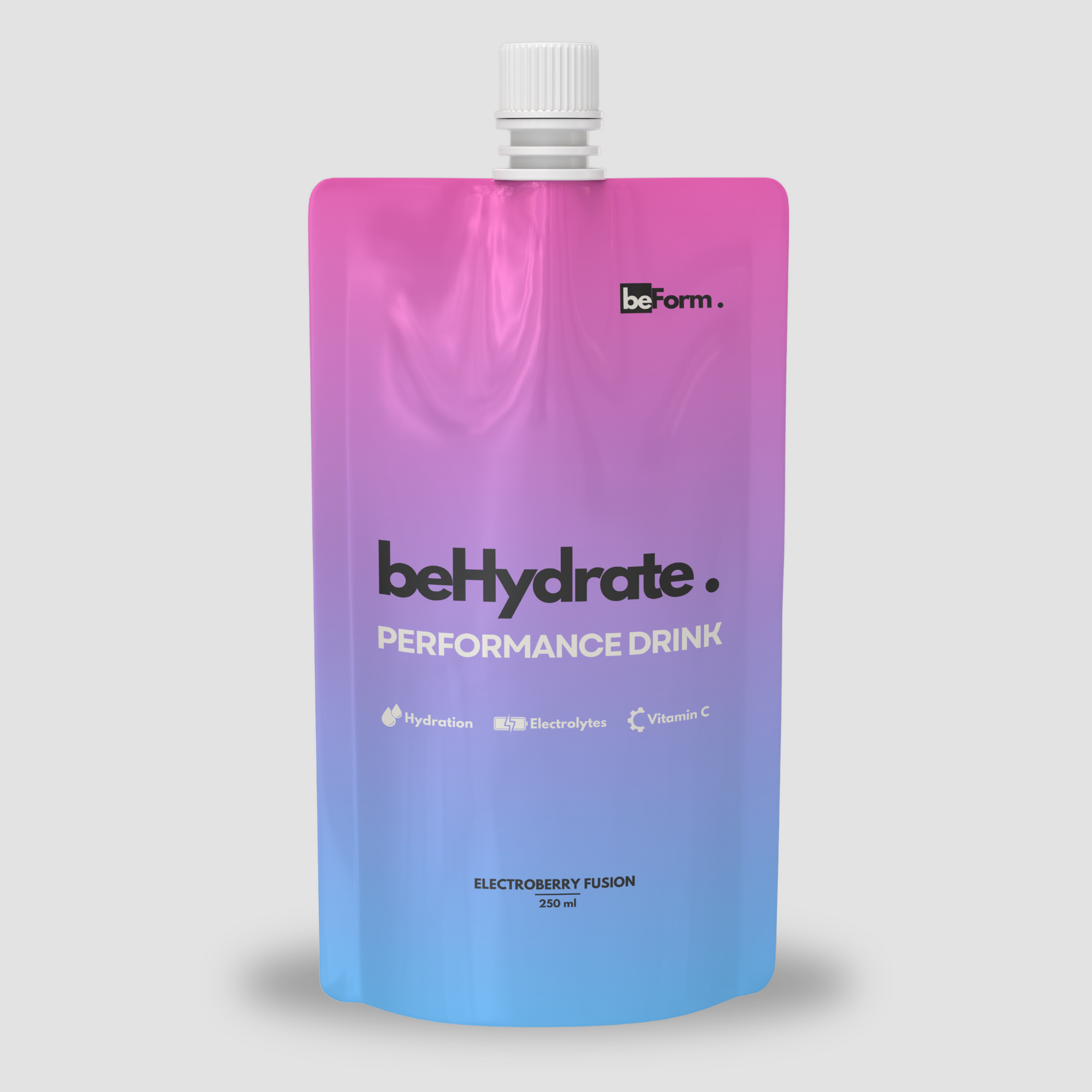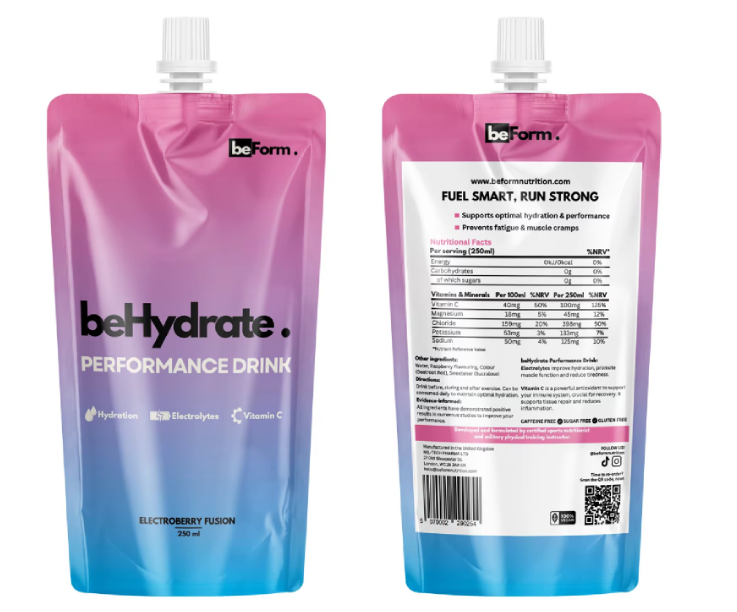Running Interval Calculator
Understanding Interval Training
Interval training is a workout method that alternates between high-intensity efforts and recovery intervals to create an intense but manageable workout, and periods of lower intensity, which allow time for recovery between each burst.
It differs considerably from traditional steady-state running, in which pace remains consistent during a session.
With interval training, however, your goal should be to push past your limits during short bursts of high-intensity activity.
This is followed by brief recovery intervals to stabilise heart rate levels and prepare you for another effort before another burst of high-intensity activity starts up again before recovery intervals.
Prepare yourself to push further during subsequent bursts of high-intensity activity followed by recovery intervals that help stabilise heart rates before pushing onto another effort in an interval training workout.
An interval training session usually consists of sprints lasting 30 seconds followed by two minutes of jogging or walking to help recover, with this cycle repeated multiple times to fit individual fitness levels and goals.
With its varied intensities, interval training promotes greater cardiovascular efficiency, increases metabolic rate, and enhances overall performance much faster than steady-state workouts can.
These high-intensity intervals place greater demands on the cardiovascular system, which stimulates adaptations that enhance oxygen uptake by muscles, allowing runners to advance faster with their training regimen.
Interval training provides tremendous versatility, making it suitable for runners of all abilities. Newcomers may begin with shorter bouts of exertion before gradually increasing intensity as their fitness improves.
Experienced runners might choose more strenuous intervals to develop speed and endurance.
Furthermore, interval training scales easily across terrains - be it track running, treadmill workouts or outdoor running environments, making this form of workout both practical and engaging, no matter where it takes place.
Interval Training Benefits for Runners
This training technique involves alternating periods of high-intensity running with lower intensity or rest runs, customising workouts to each runner's fitness levels.
Interval training helps runners experience significant increases in speed and endurance - two key characteristics required to compete successfully across different running disciplines.
Interval training can provide significant health benefits. High-intensity interval training (HIIT) has been shown to boost heart efficiency, enabling the cardiovascular system to support increased activity levels without impacting overall health.
This increased capacity directly translates to enhanced running performance as the heart can pump more blood through, carrying oxygen and nutrients to muscles more effectively.
Interval training can also increase calorie burn, making it especially helpful for runners seeking to manage their weight or boost their metabolic rates.
High-intensity bursts elevate heart rates and stimulate post-workout afterburn effects that burn even after the workout is finished - this feature makes interval training a practical method for optimising workout results in limited time frames.
Interval training goes beyond physical benefits to build psychological strength. Its demanding nature encourages motivation and resilience - traits essential for runners who often face hurdles during their training.
By conquering increasingly intense intervals, runners develop mental toughness as well as increased capacity to push through discomfort - invaluable attributes during long races or peak training periods.
Interval training provides runners with many distinct advantages, ranging from improved speed and endurance to improved cardiovascular health and psychological fortitude.
Implementing interval training into their running regimen can drastically boost performance while contributing to holistic fitness improvements.
Incorporating Intervals into Your Running Routine
To successfully incorporate interval training into your running regimen, it is key to establish an efficient framework that allows for both progression and recovery.
Interval training typically consists of periods of high-intensity effort followed by lower intensity recovery segments, such as walking or jogging for 1 minute before sprinting again for 30 seconds at high-intensity, followed by 1 minute of recovery running or walking or jogging.
This structure not only helps increase cardiovascular fitness but also builds muscle strength while optimising recovery efficiency.
As you adapt to this format, gradually increase the intensity and duration of high-intensity segments. After completing an interval structure for several weeks, gradually extend sprinting duration up to 45 seconds while decreasing recovery period to 30 seconds for greater safety against sudden spikes in exertion that could cause injury.
Integrating interval training sessions into your overall training plan requires careful scheduling. To allow sufficient recovery time between interval sessions and longer runs on weekends, try scheduling interval training on Tuesdays and Thursdays, with longer steady-state runs on the weekends.
Also, remember to include recovery days afterwards so your body can adapt adequately to increased intensity - use these recuperative days for light activity like walking or gentle yoga to facilitate muscle healing.
Listening to your body is an integral component of interval training, so if you notice fatigue or pain, it's essential to modify your routine or take extra rest days.
By keeping track of how your body responds to different levels of intensity and appropriately balancing training with recovery, you can effectively incorporate interval training into your running program and increase both performance and enjoyment of this sport.
Examples of Effective Interval Workouts
Interval training provides an effective means of improving running performance through varied pacing and intensity.
Below, we offer an assortment of interval workouts tailored specifically to diverse skill levels and objectives to ensure every runner can find an approachable workout option that meets their goals.
Beginner Workout:
For those new to interval training, we suggest beginning with a session focused on form and stamina development.
Begin with a 10-minute warm-up featuring light jogging and dynamic stretches before transitioning into 30-second bursts of running at a moderate pace, interspersed with 90-second periods of walking or slow jogging for recovery.
Repeat this pattern for 20 minutes total before taking advantage of an easy jog and static stretching to aid recovery and flexibility.
Intermediate Workout:
Runners seeking to elevate their training should consider an intermediate workout that enhances speed and endurance.
Begin with a 10-minute warm-up followed by intervals consisting of 1 minute running at a fast pace, followed by 2 minutes of active recovery at a comfortable pace.
Aim to complete 8-10 repetitions before cooling down with light jogging and stretching to aid muscle recovery.
Experienced:
Experienced runners may opt for high-intensity intervals to maximise performance. After warming up for 15 minutes, engage in 400-meter sprints at race pace, followed by 90 seconds of walking or light jogging between sprints as recovery.
Aim to repeat these 6-8 times. Finally, complete a 10-minute cool-down session incorporating both jogging and static stretching to avoid injury and improve flexibility.
These interval workouts offer tailored solutions for runners of various skill levels, providing structured training to increase speed, endurance, and overall performance.
Selecting an effective interval training workout based on current fitness levels and goals is paramount to realising its full benefits.
Enhance Your Performance
To further your efforts and improve your performance, we have developed a number of supplements for runners that are science-backed and used by me.
These include products that can assist with power, recovery, sleep and energy to enhance your performance and training.
Conclusion
Interval training is a highly effective workout method that alternates between high-intensity efforts and recovery periods, leading to improved speed, endurance, and cardiovascular health for runners of all levels.
By incorporating this versatile training approach, runners can enhance their performance while also building mental resilience and optimising their overall fitness.
Please share any insight or advice on our Facebook page so we can all work together and enjoy running to the fullest.




























